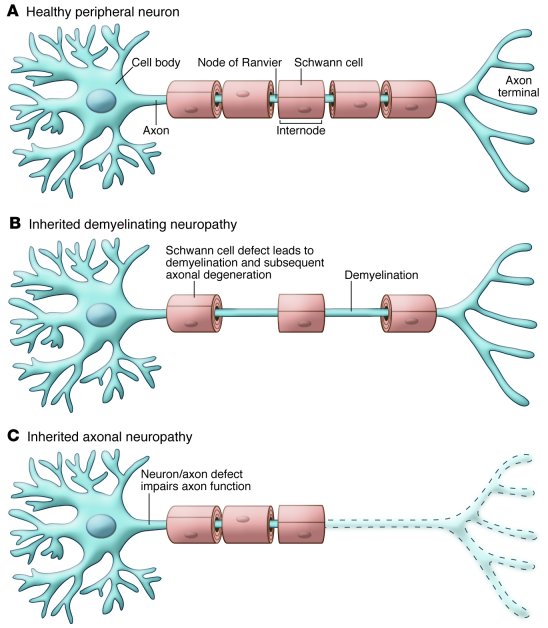Citation Information: J Clin Invest. 2011;121(12):4624-4627. https://doi.org/10.1172/JCI60511.
Abstract
Hereditary neuropathies are common neurological conditions characterized by progressive loss of motor and/or sensory function. There are no effective treatments. Among the many causes of hereditary neuropathies are dominant mutations in serine palmitoyltransferase, long chain base subunit 1 (SPTLC1), which cause hereditary sensory and autonomic neuropathy type 1 (HSAN1). By incorporating l-alanine in place of l-serine, the mutant HSAN1–associated serine palmitoyltransferase generates deoxysphingolipids, which are thought to be neurotoxic. In this issue of the JCI, Garofalo and colleagues report that oral l-serine reverses the accumulation of deoxysphingolipids in humans with HSAN1 and in a transgenic mouse model. As oral l-serine reduces the severity of neuropathy in the mouse model of HSAN1, these data suggest a rational candidate therapy for this devastating condition.
Authors
Steven S. Scherer
Figure 1
The effects demyelination and axonal damage on myelinated axons.



Copyright © 2025 American Society for Clinical Investigation
ISSN: 0021-9738 (print), 1558-8238 (online)

